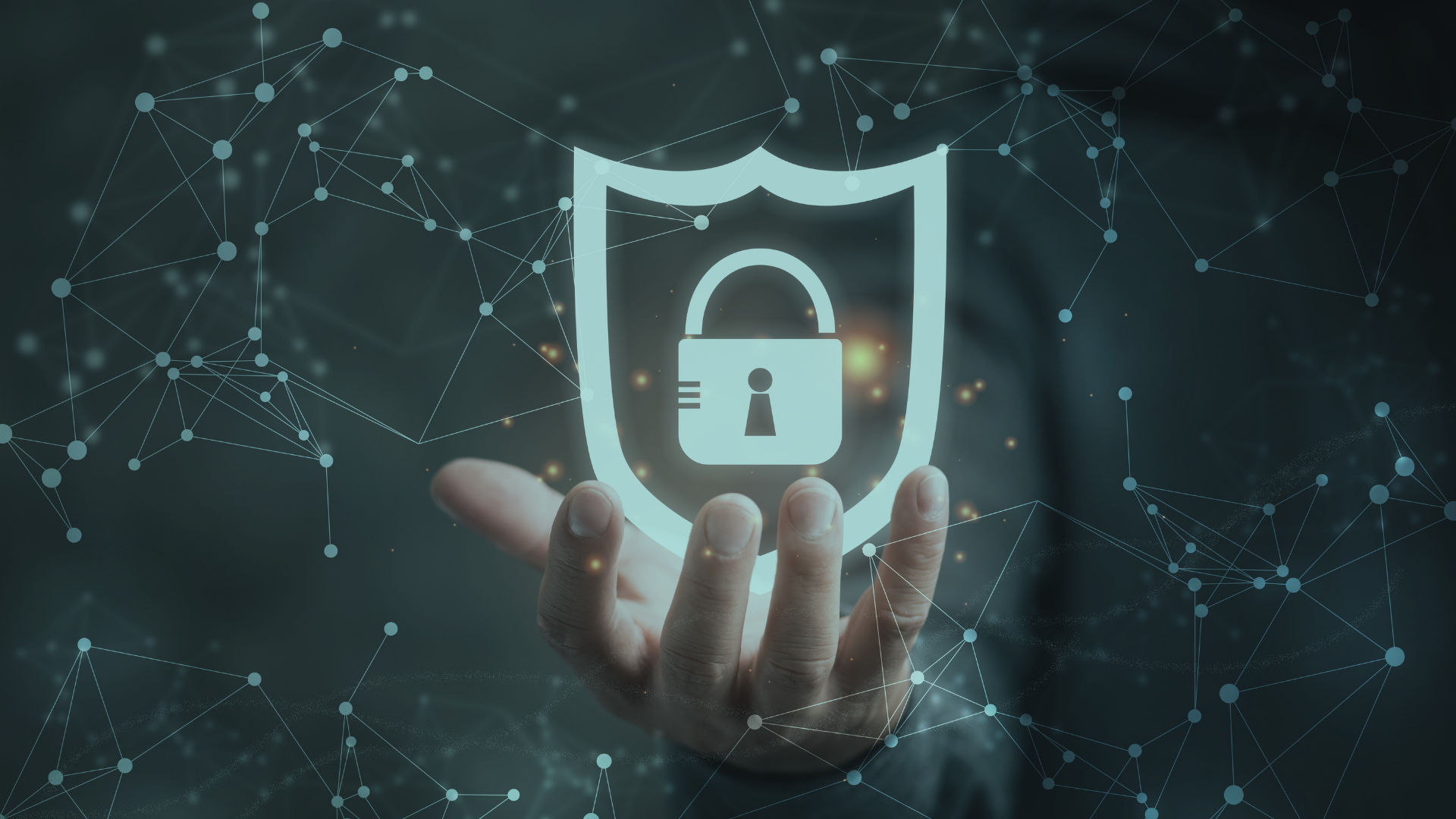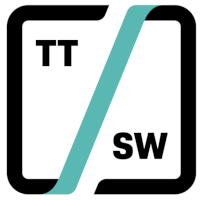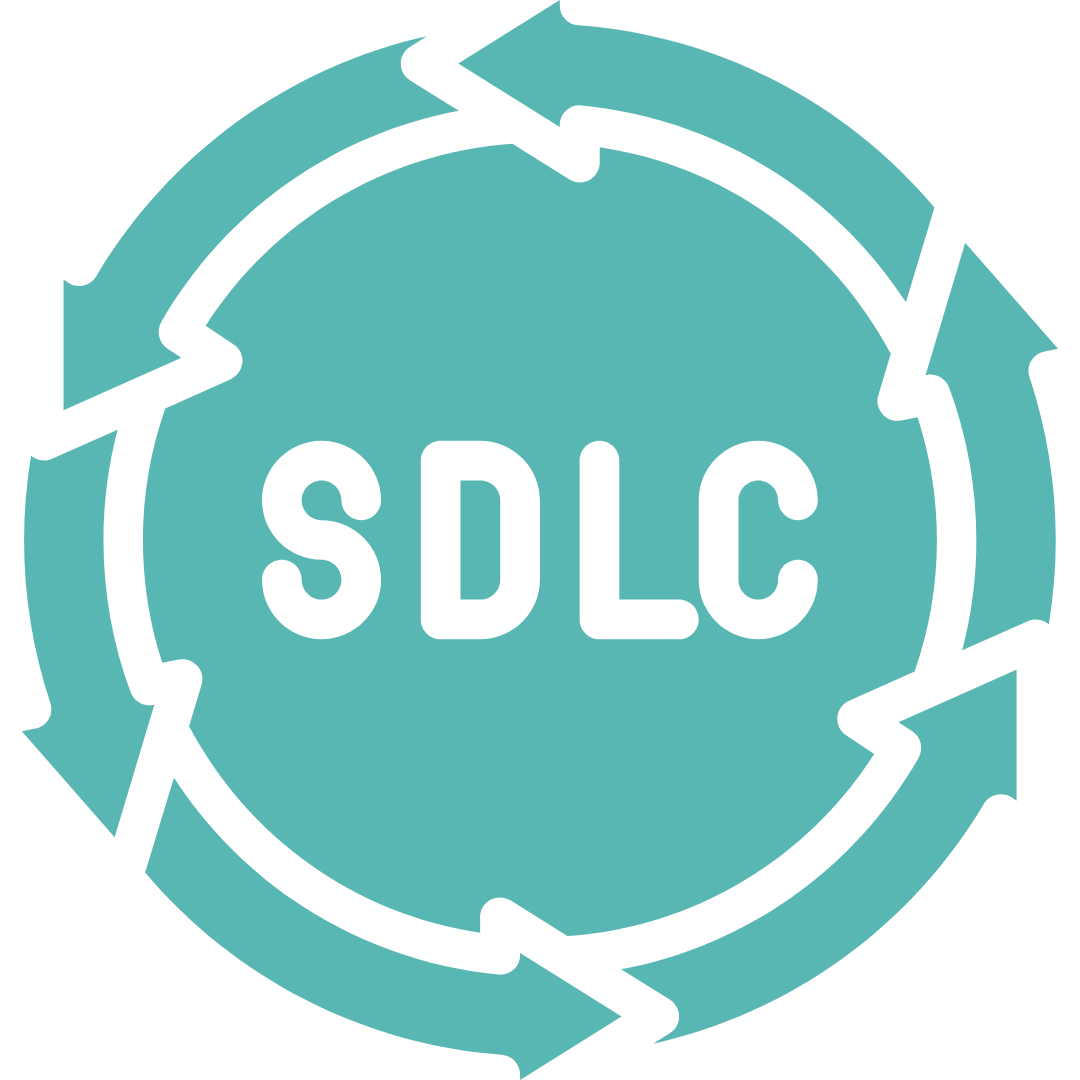
Transition Technologies-Software (TTSW) specializes in providing comprehensive security services for holistic information protection management in ICT systems. Security services are provided by our Transition Technologies SaaS department. We operate in different areas, depending on the nature and flow of information, as well as its presentation and processing.
Our expertise covers the following areas:
Internal audits and analyses
Risk management
Protection strategy
Business continuity
ICT environment
Processing of personal data
Incident handling and consequences
Legal aspects
Awareness of risks and threats
Approach to preserving security
The security of electronic data, as well as of the systems and networks themselves, is always a challenge for organisations, particularly in terms of the financial resources required and the ability to attract experts with the relevant knowledge. Sets of standards (e.g. the ISO family of standards), NIS2 or DORA regulations are being developed to guide organisations in building digital resilience and securing data respectively. In any case, it is necessary to start with an inventory of assets, determine the value of the data being processed and perform a risk analysis for the organisation. Based on this, you should proceed to minimise the risks to an acceptable level and start applying the appropriate layers of security, implementing the planned processes and procedures. The following list of areas and issues can certainly help to ensure the required level of security:

Regularly updating software to the latest stable versions (examples: Patch Management)

Searching for and managing vulnerabilities in the network (example solutions: Vulnerability Management – Vulnerability Management)

End device security (example solutions: Server and workstation protection)

Network edge protection and separation of sub-networks with different security levels (example solutions: Firewall)

Network security monitoring (example solutions: Network security monitoring)

Access control (example solutions: Privileged Access Control – PAM)

Consolidated security management (example solutions: SIEM, SOAR, GRC)

Specialised security services (IT audit, DORA audit, NIS2 audit, CISO Remote)
Why address digital security during software development?
Let’s imagine this situation. After all, it is logical that all we have to do is scan the application code before delivery, fix any errors and implement it. There is only one “but”.
Such an approach is associated with a significant risk that can burden us financially. Why?
Late detection of vulnerabilities can incur additional financial costs associated with their removal, potentially requiring regression to earlier stages of application development. Thus, not all vulnerabilities can be easily fixed late without addressing core code dependencies such as libraries. Time pressure sets in, which becomes a factor in how quickly code bugs and vulnerabilities are resolved, as each schedule requires the system to be up and running on time. Therefore, there is a possibility of delaying the implementation of the software, especially if the customer expects a clean and secure solution to be accepted. Defects, mistakes can lead to financial penalties or other consequences.
What if errors do not bother the customer?
In cases where the client agrees to receive an application with vulnerabilities, but requires immediate correction, it may turn out that you will have to correct suboptimal code on the production instance. This can lead to difficulty in obtaining maintenance windows and increase the risk of attacks on an improperly secured production application. It also carries the risk of damaging the reputation of both parties involved in the process.
What will help to increase security?
Many of these issues can be effectively addressed by implementing the Secure Software Development Lifecycle (SSDLC) throughout the software development lifecycle. The process involves integrating security practices into the software development process (SDLC) in a tightly integrated manner.
SSDLC stages
Requirements analysis
Designing a solution
Software development
Test the solution
Release of the version
Maintaining the solution

What tools and processes do we use?
Secure design and architecture
It includes leveraging threat modeling expertise, establishing guidelines for minimum security requirements and measures (known as security baselines), and incorporating industry standards, regulations, and expertise in DevSecOps/SSDL/OffSec.
Secure Coding
Secure coding practices are used, using the above-mentioned standards and guidelines. Ongoing security supervision, manual code reviews and the use of a specialized SAST (Static Application Security Testing) tool for automatic code analysis are crucial.
Build, Integrate, and Test
Here, SAST is used in iterative processes. Discovered vulnerabilities are investigated, analyzed, reported, and managed by specialists, often aided by a dedicated vulnerability scanner.
Operational protection and monitoring
Professionals apply their knowledge of environmental norms, guidelines, standards, and best practices. Ongoing supervision of security by specialists is essential.
Continuous delivery and deployment
Ongoing security supervision by specialists is of key importance, supported by the use of application and infrastructure security vulnerability scanners.
Scope of security services
Our range of services is tailored to the specific needs and goals of each client. We believe in creating customized solutions that evolve with changing requirements, which allows for an effective and flexible approach to the software offered.
We have open conversations with new and existing customers, actively listening to their needs and goals, while providing personalized solutions.
How can we help you?
Staff training
Provide missing resources
Cost reduction
As part of our services, we offer a comprehensive solution, specially tailored to the customer’s requirements and agreed upon in the purchasing or post-audit process. In this way, customers can get the desired level of security without the burden of managing technical complexities.
Managed Security Services (MSS)
Security management services cover a wide range, including zero audits (opening audit), design of data processing processes, selection and delivery of technical solutions, integration with existing systems, addition of software modules, provision of security consultants, environmental management, incident response, consulting services and technical support.
Benefits of Managed Security Services
Knowledge transfer is an integral part of our approach to cooperation. That is why we avoid strongly technical language during meetings, because we share experiences gained from solving problems with various clients. This accumulated knowledge serves as the basis for training our clients and creating a repository of best practices.
We also try, as far as possible, to support Polish solutions, giving preference to local products when they offer equivalent opportunities in the analysed area. At TTSW, we are committed to providing top-notch security services that meet the unique needs and challenges of our customers.





